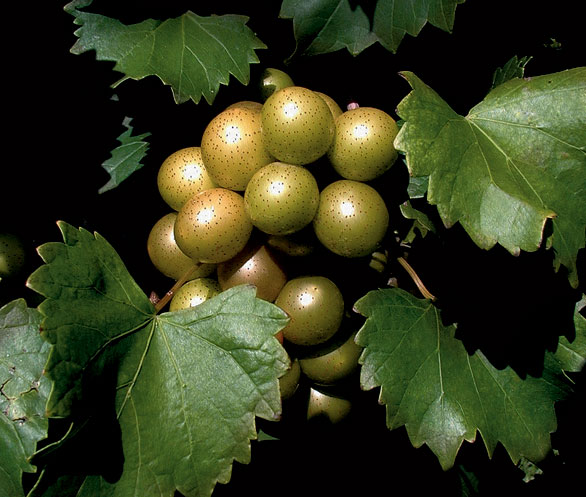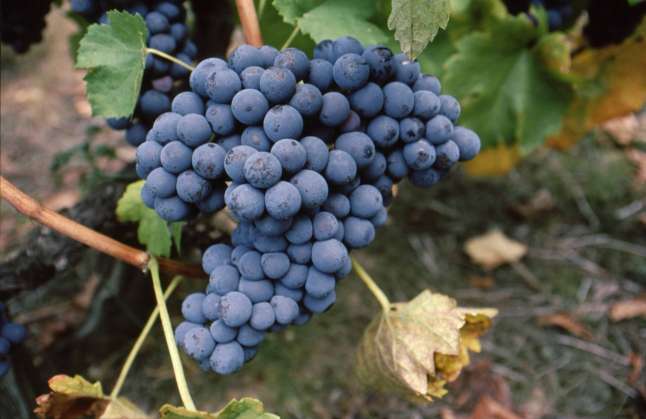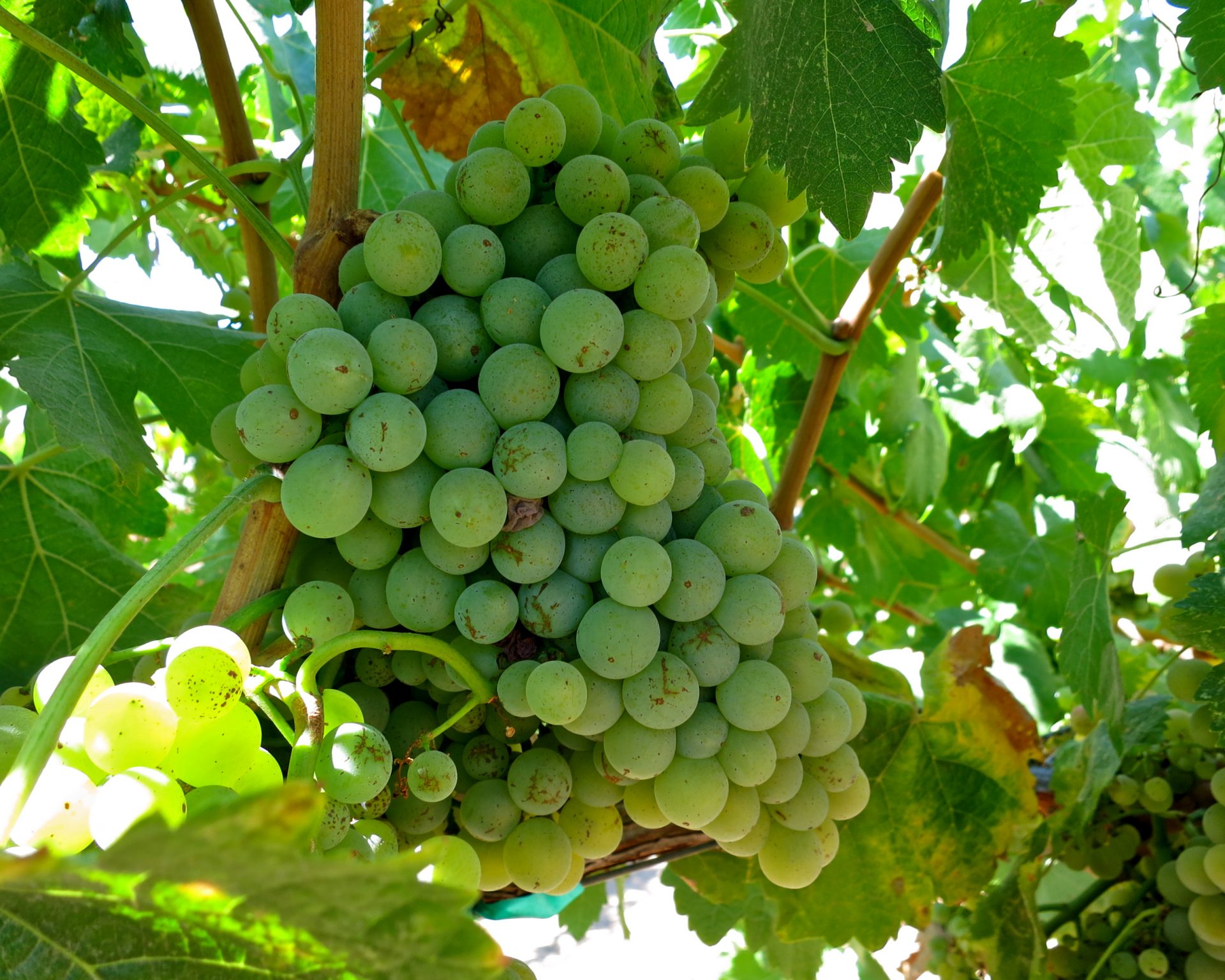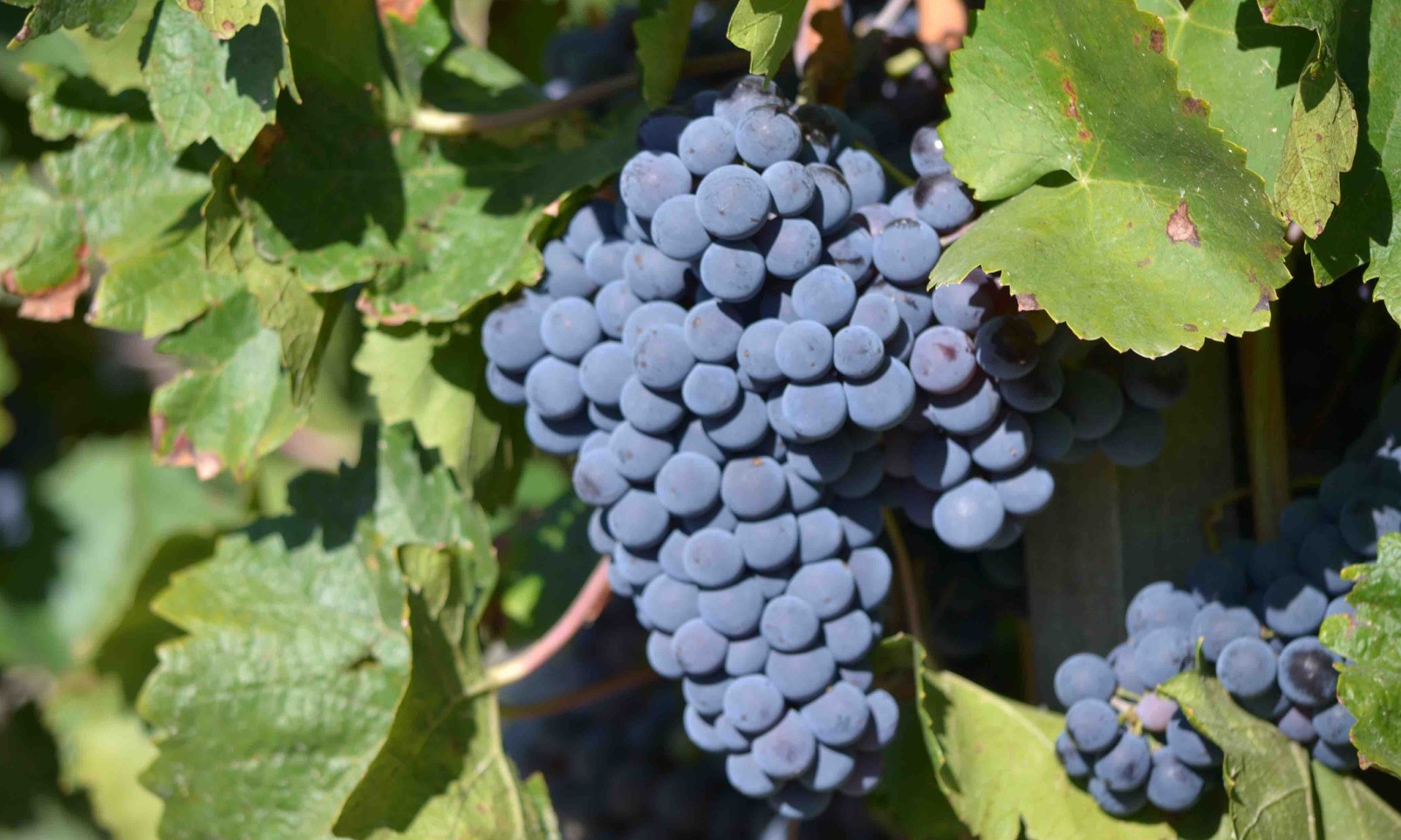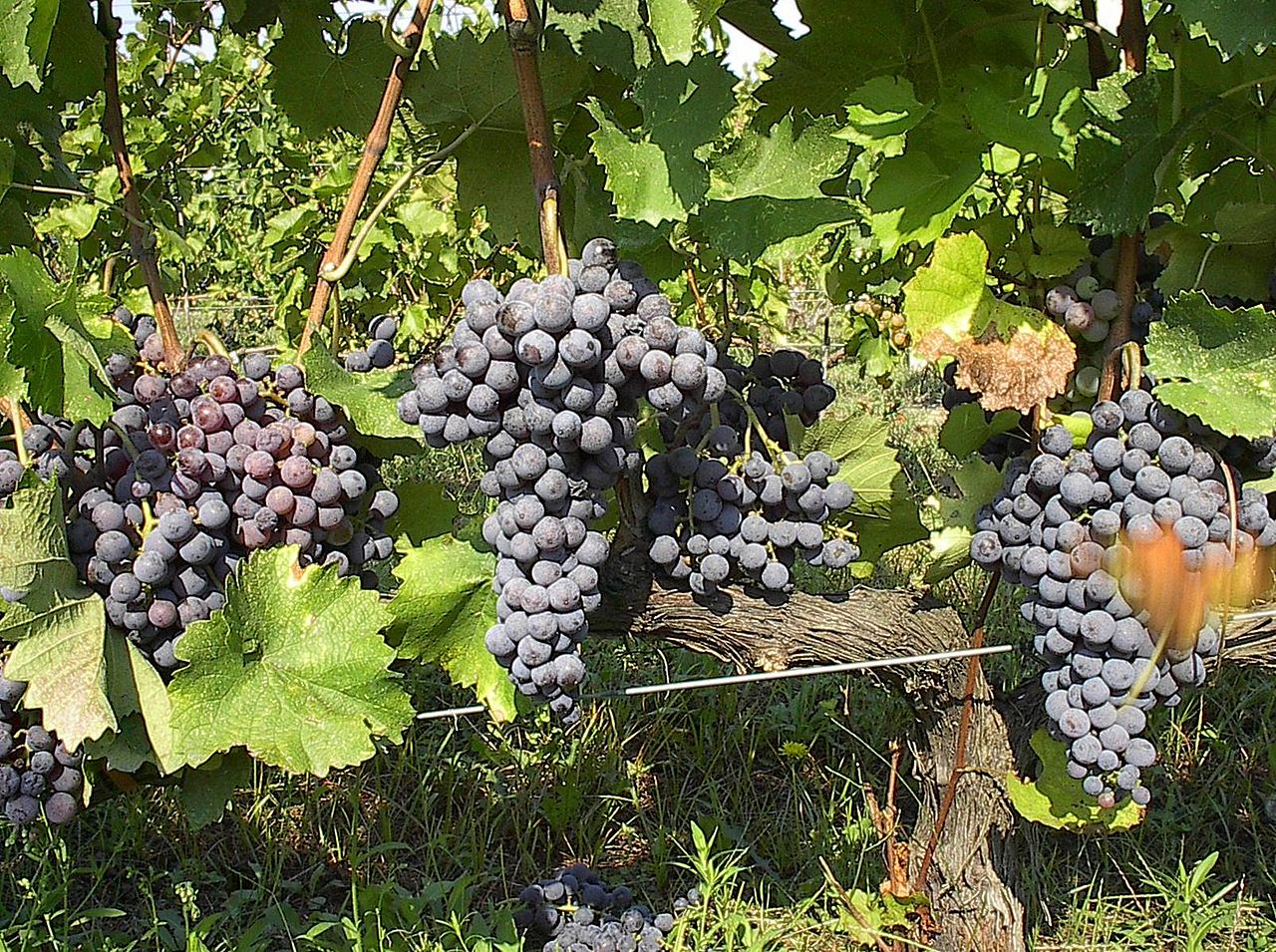No, it’s not April the 1st, and no, the Scuppernong grape is not a figment of my fevered imagination.
Known as “The South’s Supergrape”, the Scuppernong is actually a bona fide varietal (albeit it non-vinifera… it’s vitis rotundifolia), extremely resistant to extreme heat, amazingly high in antioxidants, and possessing a seriously thick skin. Grown all over the southeastern states from southern Virginia down to Florida, legend has it that Scuppernong grapes made some of the very first wine in the United States. The Scuppernong is actually the state fruit of Northern Carolina.
As one would imagine, there’s a fair bit of history surrounding this grape. First discovered by the famed Florentine Navigator Giovanni de Verrazzano in 1524 in North Carolina’s Cape Fear River Valley, these bulbous, jawbreaker-sized grapes are a bronze/green variety of the Muscadine family. The enormous “mother vine”, covering an entire acre of land, was discovered on the island of Roanoke in 1584 by Explorers sent by Sir Walter Raleigh. This ancient bush vine produces grapes until this day, possibly the oldest cultivated vines in the world.
Scuppernong wines were also allegedly the favoured tipple of Thomas Jefferson, with him supposedly making his own from the grapes at Monticello.
Although some dry versions do exist, the vast majority of wines made with Scuppernong tend towards the sweeter side of the spectrum. There is still an avid following for these lush, sweet, usually low-acid wines in many of the southern states, although you’ll rarely see a bottle outwith this particular area.

Edinburgh-born/Toronto-based Sommelier, consultant, writer, judge, and educator Jamie Drummond is the Director of Programs/Editor of Good Food Revolution… And that was a new one for him.

